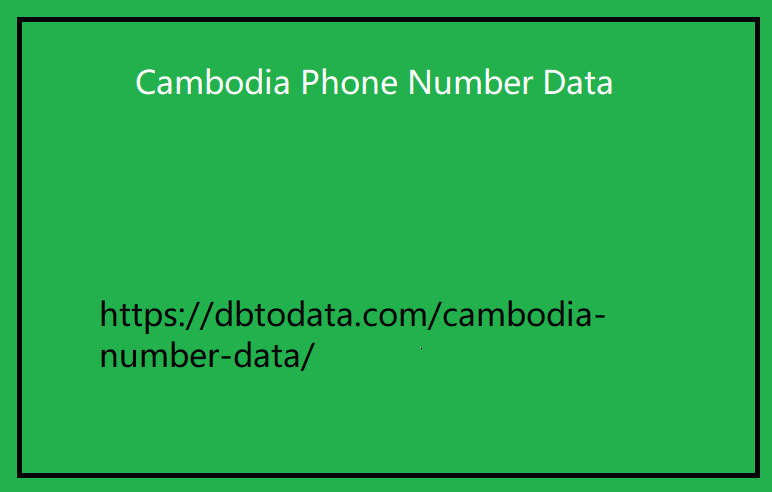|
|
Coupled with additional demographic data, you can discover new customer segments. Third Party Data Third-party data is customer data purchased from companies such as data brokers or data management platforms (DMPs). This is big data collected from numerous companies and websites. pros and cons The biggest advantage of third-party data is scale. You can secure data on hundreds of millions of customers. However, it is the least accurate and there is a risk that the collecting entity cannot be controlled at all. The biggest advantage of third-party data is scale. uses It's useful for large-scale A/B testing, developing new products, measuring the effectiveness of marketing campaigns, and more. In the cookieless era, what is the end of cookies? Here, cookies refer to web or browser cookies. Cookieless means that web browsers and apps do not store user information and remain anonymous.
Platforms such as Google and Apple are shifting their policies to stop third-party cookies. The background is that Cambodia Phone Number Data regulations for user privacy protection and personal information security are gradually being strengthened. Especially as privacy laws such as GDPR and CCPA take effect, companies are seeking alternatives to traditional cookie-based tracking methods. Consequences of discontinuing third-party cookie support Retargeting campaigns that used to be easy using data from third-party cookies are now becoming difficult. Now that remarketing is becoming more difficult to reach potential customers, the time has come for brands to increase the number of potential customers who directly visit their sites and implement marketing strategies based on the data they have. era?Maximize use of first-party data First-party data includes personal information, feedback, and behavioral data. Based on this, companies should focus on designing excellent customer experiences and maximizing customer lifetime value.

Another way would be to collect data from customers who have already visited our web page and send targeted messages tailored to their individual behavior. Contextually Targeted Ads Contextual targeting advertising is a method of providing advertisements based on the user's context information (e.g. visited web pages, search terms, etc.). It is a method of exposing advertisements related to content related to the consumer's interests. For example, when a customer is viewing content related to cosmetic ingredients, the probability of conversion will increase if an advertisement for cosmetics made from natural ingredients without chemical ingredients is exposed. To make these contextually targeted ads more effective, it's important to find topics that people are interested in related to your brand's products. The Listening Mind screen below is a screen that clusters topics that customers who are curious about vegan cosmetics are curious about.
|
|
